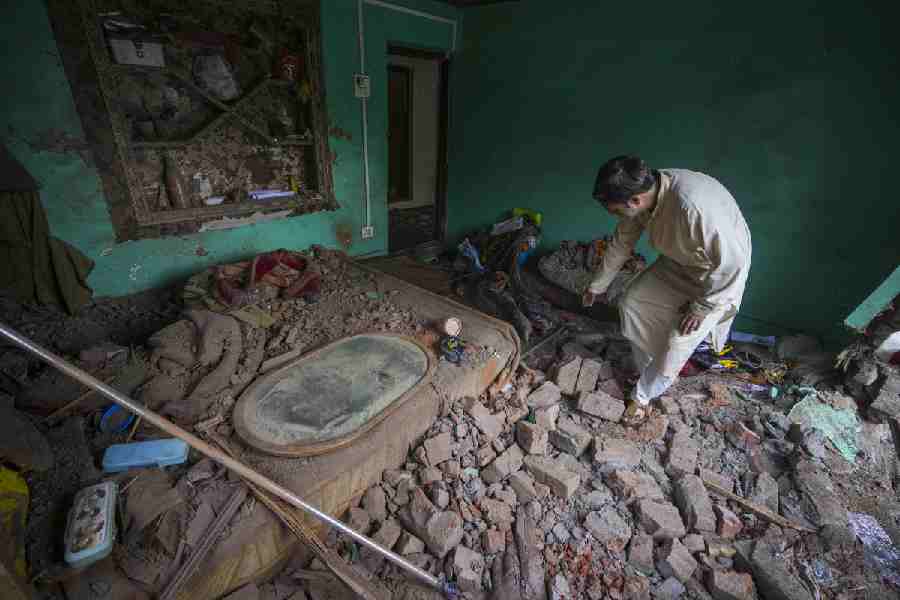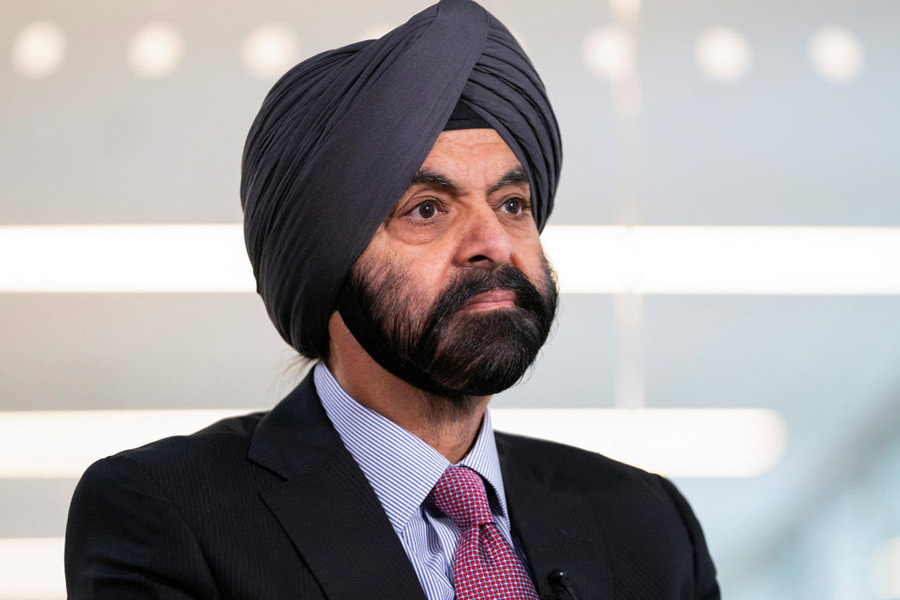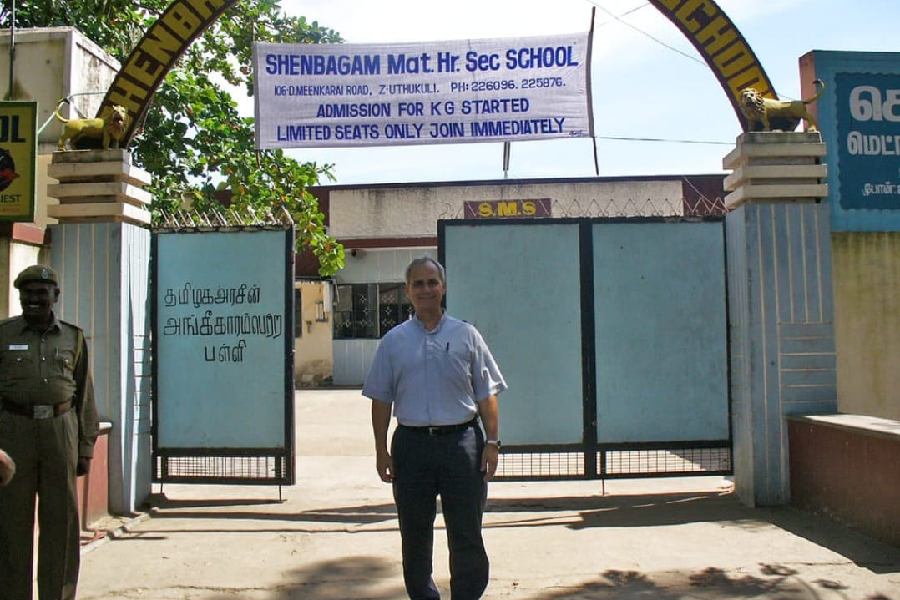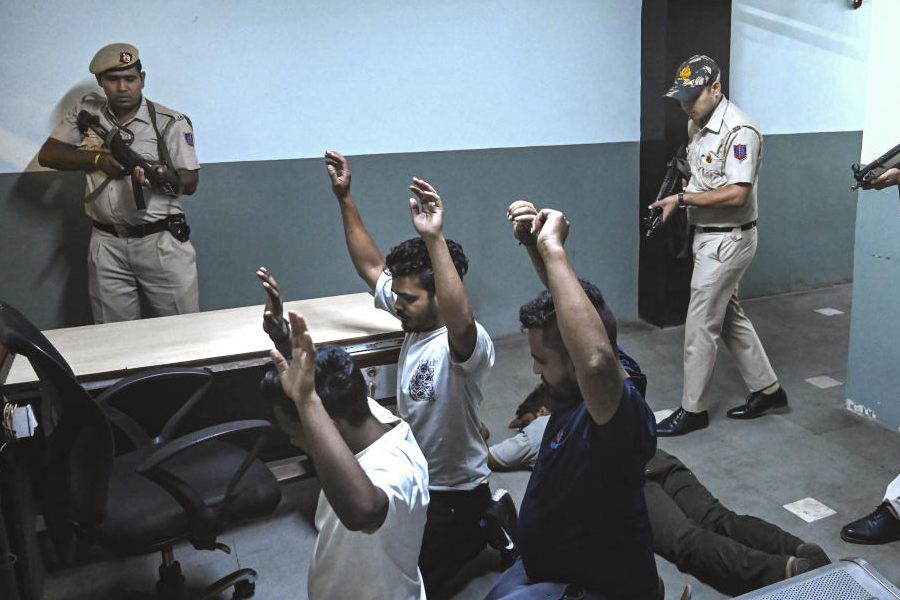 |
New Delhi, Sept. 1: The Farakka barrage across the Ganga has worsened land erosion, failed to clear mounting sediment downstream, and is now driving the Ganga off course, says a new report on the fate of the river.
While erosion and shifting channels are anticipated in delta regions, the report says the Farakka barrage appears to have been constructed without regard to the natural behaviour of river water in the Gangetic delta.
The report, published by the Centre for Development and Environment at the Indian Institute of Management in Calcutta, also says the state and the central governments have been investing in expensive but superficial and ineffective engineering measures to prevent erosion along the banks of the river.
“The Farakka project was backed by good intentions, a huge expenditure, but it has failed to achieve its objectives,” says Kalyan Rudra, a member of the national flood management core group and author of the report.
The barrage, constructed during the 1960s and commissioned in 1975, was intended to channel extra water into the Bhagirathi-Hooghly river to flush the sediment load downstream and keep navigational channels free from silt.
But Rudra says those who conceived and designed the barrage miscalculated the arithmetic of the Ganga. The extra water flow induced by the barrage downstream has not been able to prevent the steady accumulation of sediment.
“The sedimentation in the estuary continues unabated,” says his report.
The report also warns that the Ganga annually carries more than 700 million tonnes of sediment at Farakka, of which about 300 million tonnes gets trapped in a barrage pond. This is driving the river to change course.
“The river may outflank the barrage and open a new channel for its water through the distributary called the Pagla which joins the Mahananda,” says Rudra.
He cites an unpublished report of the state irrigation department that points out that the “continued swing of the river Ganga on the left bank in the district of Malda upstream of the Farakka barrage is not only eroding densely populated villages, fertile cultivable lands, roads and communication systems… but also holds the possibility of the Farakka barrage being outflanked by the Ganga.
In September 2005, the Ganga at Panchanandapur encroached about 500 metres and breached the embankment over Pagla and swallowed two villages — Ramlaltola and Bihartola. Protective measures had failed to protect the bank.
Rudra says the water level of the Ganga at Panchanandapur was below the danger level. Had it crossed that mark, the Ganga would have opened an outlet outflanking the Farakka barrage and delinked the main communication lines between north and south Bengal.
“This new analysis highlights the limitations of traditional engineering and the need for new approaches that take into account ecology and hydrology,” says Jayanta Bandopadhyay, head of the Centre for Development and Environment at IIMC.











